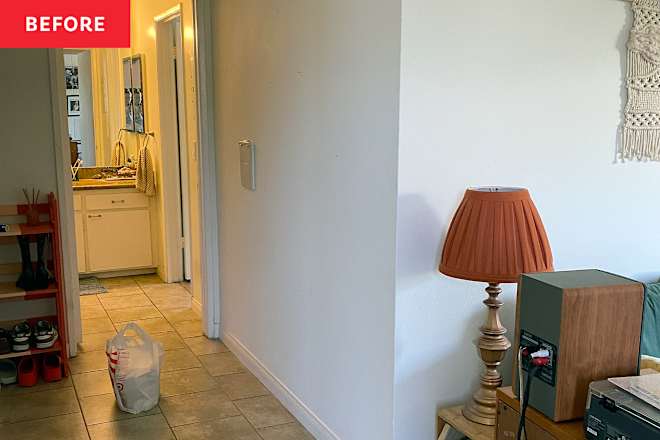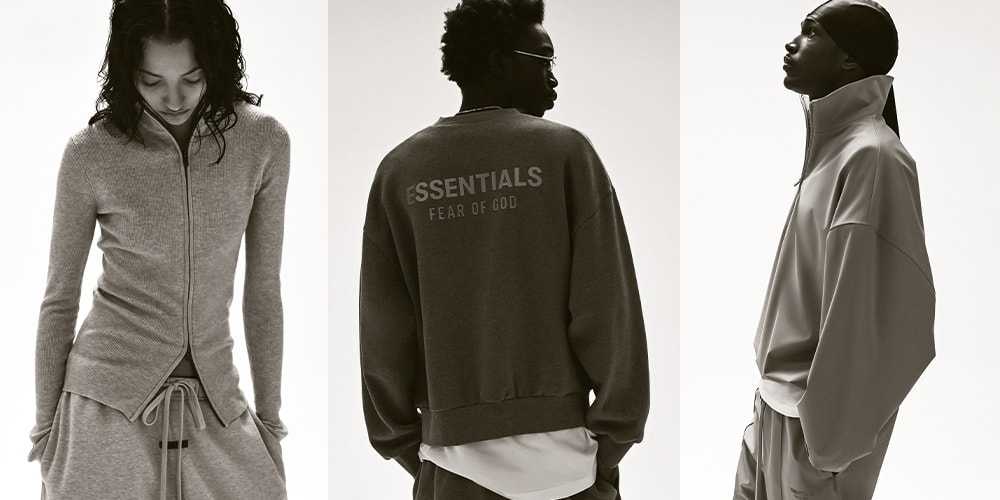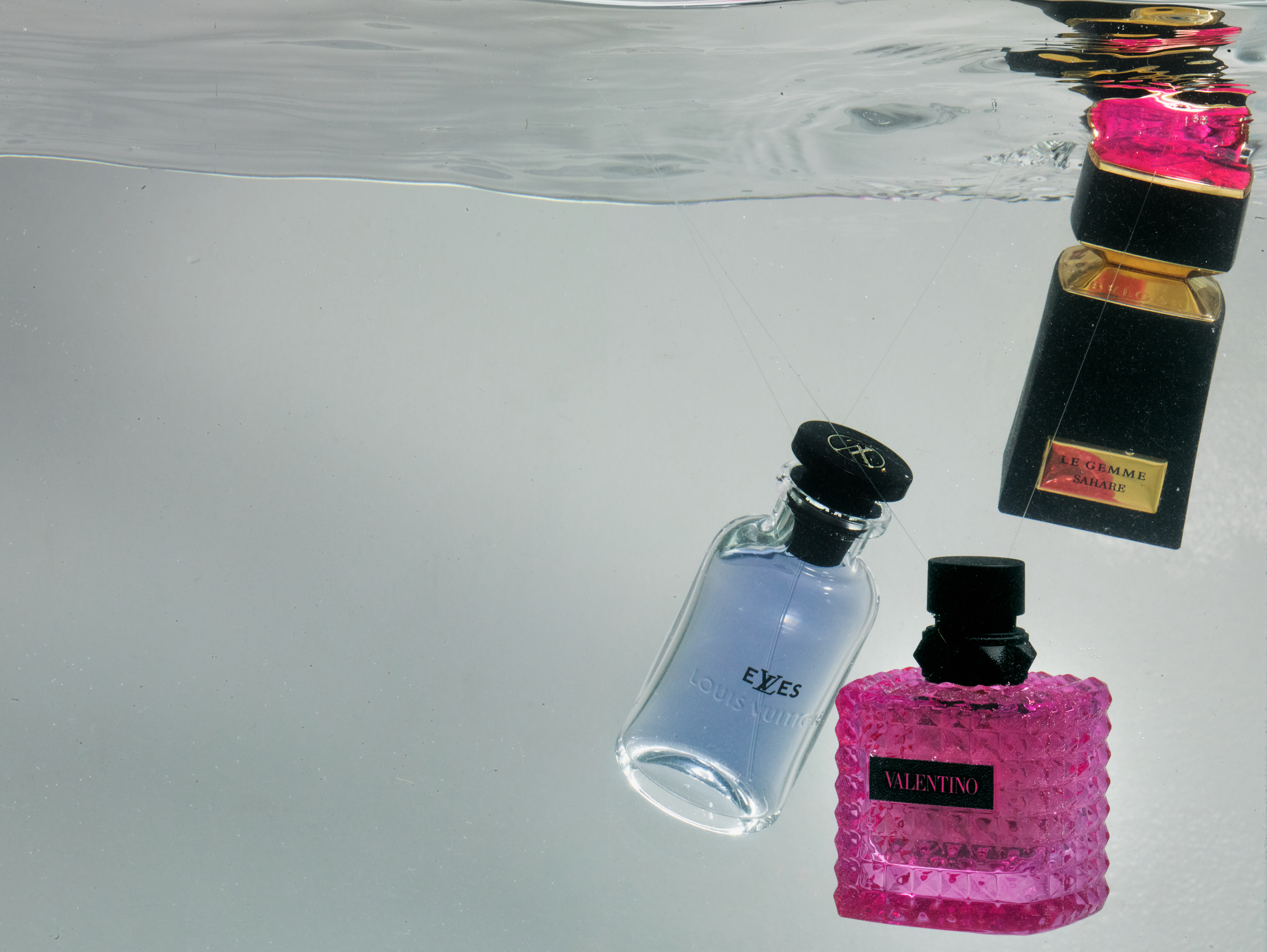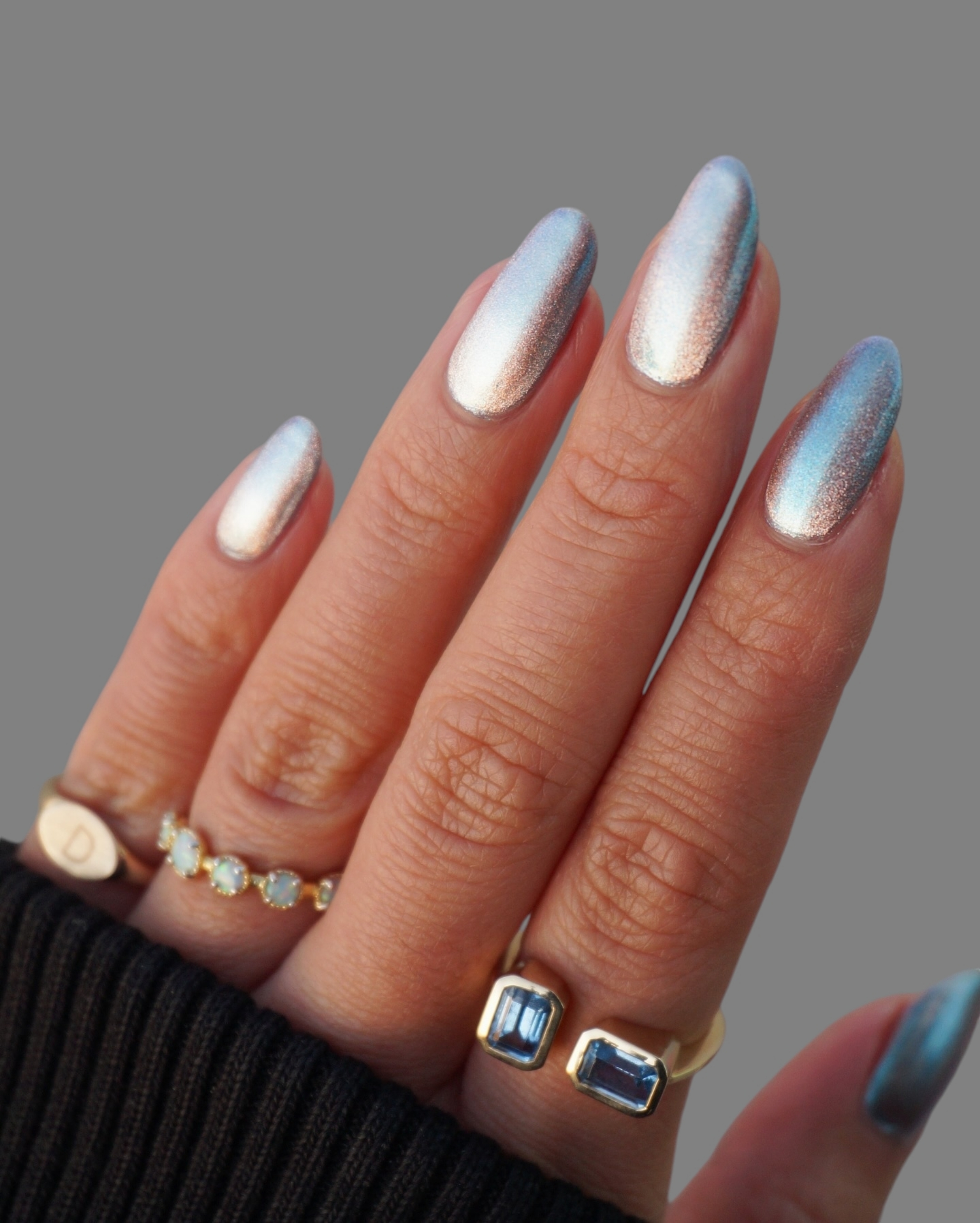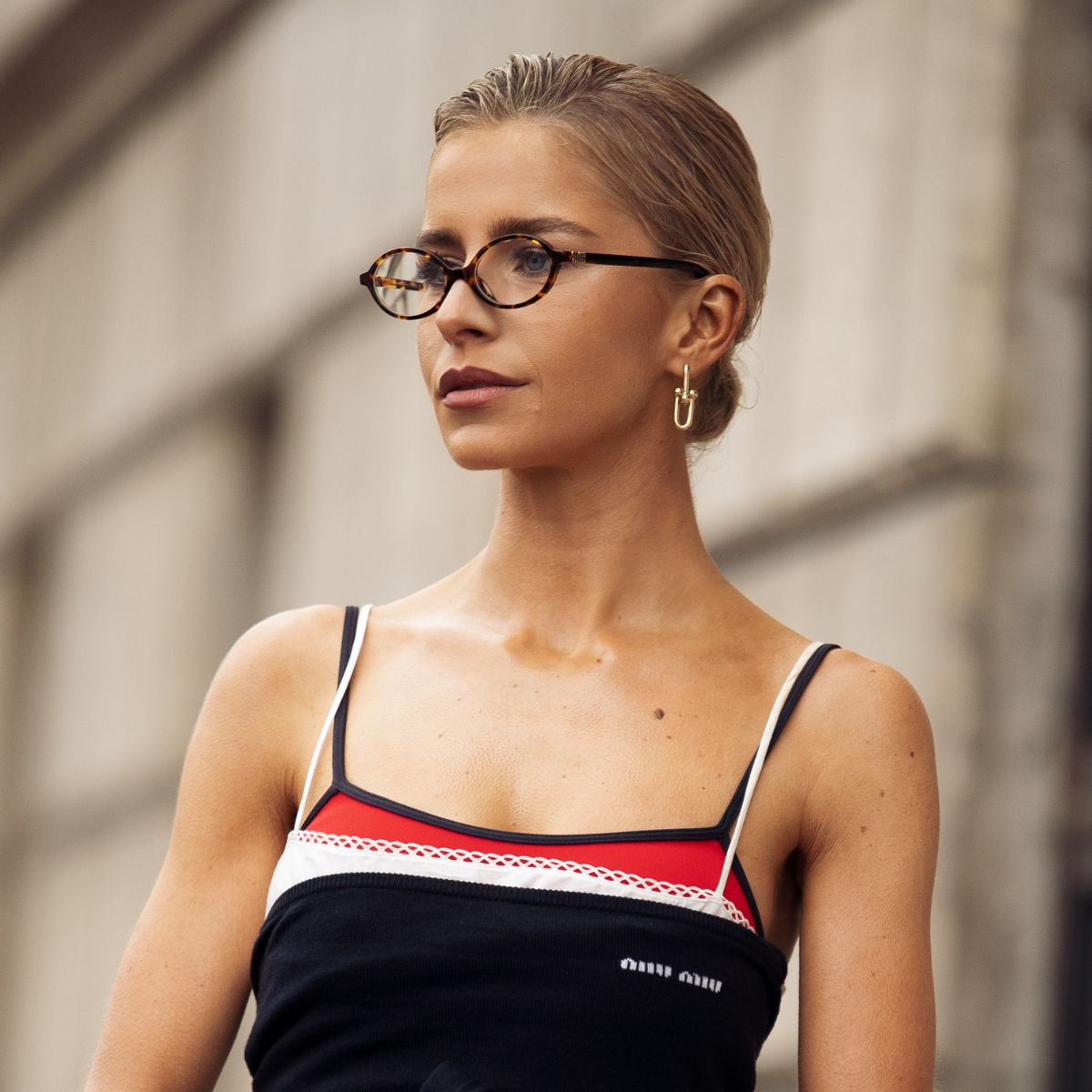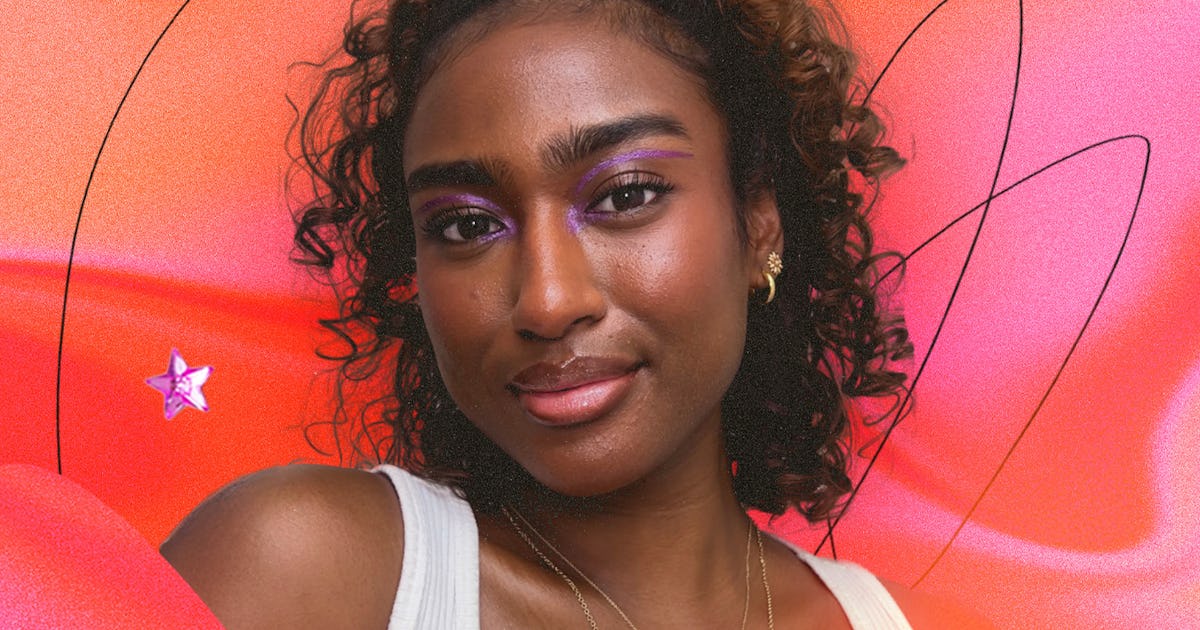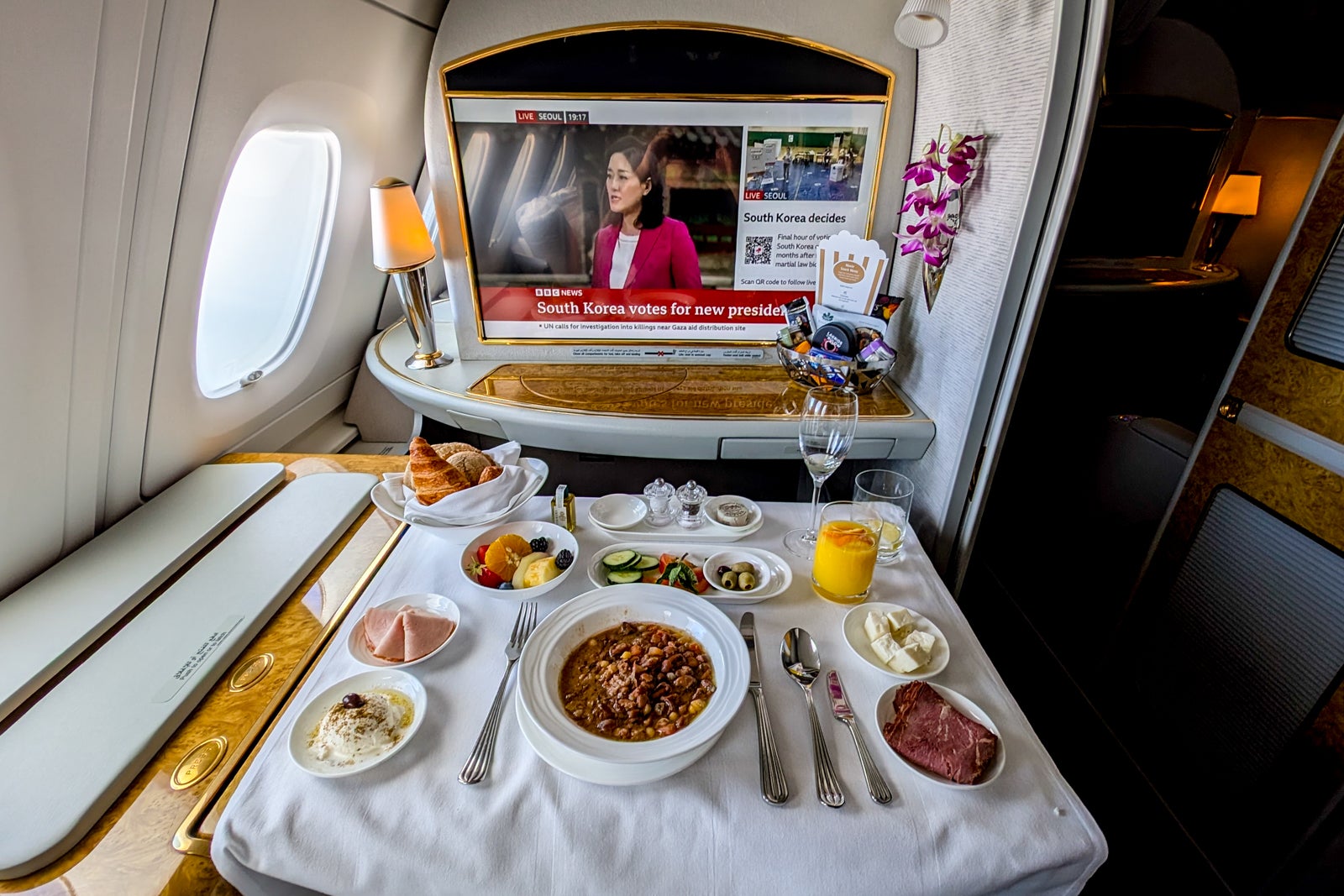Is this the X100VI killer we've been waiting for? Fujifilm X-E5 review in progress
When you use DPReview links to buy products, the site may earn a commission. Sample galleryThis widget is not optimized for RSS feed readers. Please open this article's permalink in a browser to view this content. The Fujifilm X-E5 is the latest mid-range rangefinder-style mirrorless camera to join the X-series. It takes several steps back towards the enthusaist-friendly outlook of the original X-E models and gains image stabiliation along the way. Key specifications 40MP BSI CMOS APS-C sensor Image stabilization rated to 7.0EV Twin clickable command dials Film simulation dial with 'recipe' option 2.36M dot EVF 1.04M dot rear up/down tilt LCD Video up to 6.2K//30 (with 1.23x crop) Continuous shooting up to 8fps, 13fps with e-shutter Mic socket, headphones via USB The Fujfilm X-E5 will be available from X at a recommended price of $1699, body only, or $1899 with the new 23mm F2.8R WR lens. The body-only price represents a $300 premium over the launch price of the similarly-specced X-T50. This difference doesn't exist outside North America. In the UK, for instance, the body-only price is the same £1299 the X-T50 launched at. Index: What's new How it compares Body and handling Initial impressions Sample gallery Press release Fujifilm X-E5 specifications Buy now:$1879 at Amazon.com What's new Film simulation dial Slightly unexpectedly for such an enthusiast-focused camera, the X-E5 has a dedicated film simulation dial. In a purely aesthetic flourish, the selected film simulation is displayed through a small circular window on the top of the camera. It's pure style over function, and yet... Film simulation recipes You can save different sets of parameters for each of the three FS positions on the dial, and configure a button to toggle between your standard settings and the recipe. The detail we found really interesting, though, is the ability to assign not just your choice of film simulation to the dial, but the option to assign film sim 'recipes,' with Fujifilm explicitly adopting the term that originally came from the user community. Each of the three customizable FS positions on the dial gives you the option to customize a full suite of settings, including grain effect, highlight and shadow response, clarity, noise reduction and color chrome effect (red and blue). These settings are retained specifically for that FS slot, and changing them when a different film sim is selected doesn't override the values you've chosen. Image stabilization Another thing signalling the X-E5's status in the Fujifilm lineup is the incorporation of in-body image stabilization. Like the version in the X-T50, the X-E5's stabilization is rated as giving up to 7.0 stops of correction at the center and 6.0 at the peripheries. Fujifilm says it's using an updated gyro to detect roll motion and an updated algorithm to improve performance. 'Self-timer' switch The X-E5 regains several of the control points it lost in the previous iteration, but also adds, for the first time, one from the X100 series. The faux 'self-timer' switch on the front of the camera is the same as the one on the X100VI, which can be pushed left or right to select a function or held (for >2 sec) in either direction to access a further two. There's a button at the center of the switch to access a fifth function, with all five options being customizable. Classic viewfinder mode The X-E5's classic viewfinder mode One of the other additions to the X-E5 is perhaps the clearest reminder that this is a camera that comes from the designers who brought you the X half. It's a retro display mode for the viewfinder that shows just the exposure mode, exposure settings and battery indicator in red, as if you were looking at an LED-lit display. In this mode the exposure comp scale on the left of the display is replaced by a needle-style indicator on the right. It's almost impossible to interpret with any accuracy, at anything other than the centered position, but it's visually in keeping with the rest of the camera's looks. Charming or ridiculous: you decide. Other functions In most other respects, the X-E5 matches the spec of the X-T50, with both cameras sharing a sensor and processor and hence offering the same video modes, the same burst rates and otherwise similar capabilities. How it compares: The most obvious comparison for the X-E5 is to the X100VI. The two are very similar in size and feature set, especially if you pair the X-E5 with the new 23mm F2.8. The X-E5 is an interchangeable lens camera, giving you more overall flexibility. But this means leaving room for a focal plane shutter, the absence of which lets the X100VI's lens extend closer to the sensor, making it easier to deliver an extra stop of brightness, despite the similar external dimensions. The big difference is the hybrid optical/electronic viewfinder and the all-in-one package the X100 offers. We suspect most people will know which they want. If you're looking

 |
The Fujifilm X-E5 is the latest mid-range rangefinder-style mirrorless camera to join the X-series. It takes several steps back towards the enthusaist-friendly outlook of the original X-E models and gains image stabiliation along the way.
Key specifications
- 40MP BSI CMOS APS-C sensor
- Image stabilization rated to 7.0EV
- Twin clickable command dials
- Film simulation dial with 'recipe' option
- 2.36M dot EVF
- 1.04M dot rear up/down tilt LCD
- Video up to 6.2K//30 (with 1.23x crop)
- Continuous shooting up to 8fps, 13fps with e-shutter
- Mic socket, headphones via USB
The Fujfilm X-E5 will be available from X at a recommended price of $1699, body only, or $1899 with the new 23mm F2.8R WR lens. The body-only price represents a $300 premium over the launch price of the similarly-specced X-T50. This difference doesn't exist outside North America. In the UK, for instance, the body-only price is the same £1299 the X-T50 launched at.
Index:
- What's new
- How it compares
- Body and handling
- Initial impressions
- Sample gallery
- Press release
- Fujifilm X-E5 specifications
What's new
Film simulation dial
 |
Slightly unexpectedly for such an enthusiast-focused camera, the X-E5 has a dedicated film simulation dial. In a purely aesthetic flourish, the selected film simulation is displayed through a small circular window on the top of the camera. It's pure style over function, and yet...
Film simulation recipes
 |
| You can save different sets of parameters for each of the three FS positions on the dial, and configure a button to toggle between your standard settings and the recipe. |
The detail we found really interesting, though, is the ability to assign not just your choice of film simulation to the dial, but the option to assign film sim 'recipes,' with Fujifilm explicitly adopting the term that originally came from the user community.
Each of the three customizable FS positions on the dial gives you the option to customize a full suite of settings, including grain effect, highlight and shadow response, clarity, noise reduction and color chrome effect (red and blue). These settings are retained specifically for that FS slot, and changing them when a different film sim is selected doesn't override the values you've chosen.
Image stabilization
Another thing signalling the X-E5's status in the Fujifilm lineup is the incorporation of in-body image stabilization. Like the version in the X-T50, the X-E5's stabilization is rated as giving up to 7.0 stops of correction at the center and 6.0 at the peripheries. Fujifilm says it's using an updated gyro to detect roll motion and an updated algorithm to improve performance.
'Self-timer' switch
 |
The X-E5 regains several of the control points it lost in the previous iteration, but also adds, for the first time, one from the X100 series. The faux 'self-timer' switch on the front of the camera is the same as the one on the X100VI, which can be pushed left or right to select a function or held (for >2 sec) in either direction to access a further two. There's a button at the center of the switch to access a fifth function, with all five options being customizable.
Classic viewfinder mode
 |
| The X-E5's classic viewfinder mode |
One of the other additions to the X-E5 is perhaps the clearest reminder that this is a camera that comes from the designers who brought you the X half. It's a retro display mode for the viewfinder that shows just the exposure mode, exposure settings and battery indicator in red, as if you were looking at an LED-lit display.
In this mode the exposure comp scale on the left of the display is replaced by a needle-style indicator on the right. It's almost impossible to interpret with any accuracy, at anything other than the centered position, but it's visually in keeping with the rest of the camera's looks. Charming or ridiculous: you decide.
Other functions
In most other respects, the X-E5 matches the spec of the X-T50, with both cameras sharing a sensor and processor and hence offering the same video modes, the same burst rates and otherwise similar capabilities.
How it compares:
 |
The most obvious comparison for the X-E5 is to the X100VI. The two are very similar in size and feature set, especially if you pair the X-E5 with the new 23mm F2.8. The X-E5 is an interchangeable lens camera, giving you more overall flexibility. But this means leaving room for a focal plane shutter, the absence of which lets the X100VI's lens extend closer to the sensor, making it easier to deliver an extra stop of brightness, despite the similar external dimensions. The big difference is the hybrid optical/electronic viewfinder and the all-in-one package the X100 offers. We suspect most people will know which they want.
If you're looking for interchangeable lenses, the X-E5's most similar competitor is the Sony a6700. They follow very different schools of design but are both very capable, relatively compact, stabilized APS-C cameras.
The high price (in North America, at least) puts the X-E5 into low-end full-frame territory. Its shape and leatherette cover might make you think of the Panasonic DC-S9 but that's aimed as much at vlogging as photography. We think the Nikon Z5 II, with its twin command dials, is a better comparison, despite its SLR-like format. And, if you're not committed to the X-E's boxy layout, Fujifilm's own X-T50 and X-T5 are interesting comparisons. Outside North America you can get the X-T50 for similar money, but we're going to compare the X-T5 here, simply because there's more to set them apart.
| Fujifilm X-E5 | Sony a6700 | Nikon Z5 II | Fujifilm X-T5 | |
|---|---|---|---|---|
|
MSRP US |
$1699 £1299 |
$1399 £1429 |
$1699 £1599 |
$1699 £1699 |
| Sensor res, type, size |
40MP BSI CMOS |
26MP BSI CMOS APS-C |
24MP BSI CMOS Full-frame |
40MP BSI CMOS APS-C |
| Stabilization | 7.0EV | 5.0EV | 7.5EV | 7.0EV |
| Viewfinder | 2.36M dot OLED 0.62x mag |
2.36M dot OLED 0.70x mag |
3.69M dot OLED 0.8x mag |
3.69M dot OLED 0.8x mag |
| Rear screen | 3.0" 1.04M dot tilt up/down |
3.0" 1.04M dot fully-articulating |
3.2" 2.10M dot fully-articulated |
3.0" 1.84M dot two-axis tilt |
| Cont. shooting | 8fps Mech 13fps Elec. |
11fps Mech 11fps Elec. |
9.4fps EFCS 10fps Elec* |
15fps Mech 13fps Elec. |
| Video options | 6.2K/30 w/ 1.23x crop 4K/60 w/ 1.14x crop 4K/30 full width |
4K/120 w/1.58x crop 4K/60 oversampled |
4K/60 w/1.5x crop 4K/30 oversampled |
6.2K/30 w/ 1.23x crop 4K/60 w/ 1.14x crop 4K/30 full width |
| Mic/'phones | Yes / Via USB | Yes / Yes | Yes / Yes | Yes / Yes |
| 4ch audio | Via optional adapter | Via optional adapter | No | Via optional adapter |
| Media slots | 1x UHS-II SD | 1x UHS-II SD | 2x UHS-II SD | 2x UHS-II SD |
| Battery life LCD / EVF | ∼305 / – | 570 / 550 | 350 / 330 | 580 x 590 |
| Weight | 445g (15.7oz) | 493g (17.4oz) | 700g (24.7oz) | 557g (19.6 oz) |
| Dimensions | 125 x 73 x 38mm | 122 x 69 x 64mm | 134 x 101 x 72mm | 130 x 91 x 64mm |
*30fps in 12-bit readout, JPEG-only mode
The X-E5's high price in North America pits it against some impossible competition, including the X-T5, which with its nicer viewfinder, twin card slots and weather-resistant build, is clearly meant to sit higher up in the lineup. It'll be interesting to see whether its price has to rise in the coming weeks.
There are certainly arguments to be made for a smaller, lighter camera, and the smaller, lighter lenses that go with it, but the strong specs and aggressive price of the Nikon Z5II mean it's a tempting option, if size and weight aren't especially important to you.
It's much easier to make the case for the X-E5 at its UK price, where it undercuts all the other cameras here, and its style and charm can make their case a little more loudly, without being drowned-out by the noise of trade concerns.
Body and handling
 |
The X-E5 is a very solid feeling camera. At 445g, almost a third heavier than the previous iteration. The whole camera feels more dense than earlier models in the series, giving more of an impression of solidity than before.
Control points
The X-E5 has more control points than its immediate predecessor, regaining the twin pressable command dials of the earlier models. It also has the side-panel focus mode switch, which was absent from the X-E4.
In addition to these reinstated controls, there's the self-timer style switch and button combination on the front of the camera, meaning you can access up to five settings or functions quickly (or, at least, three of them quickly and another two eventually).
Grip
 |
The X-E5 also gains a bulge along the front and back right edge of the camera, giving it more of a grip than the last model and again bringing it closer into line with the previous cameras. It's not the most substantial grip and it stops just above the camera's base plate, leaving a hard edge that you probably don't want to wrap your fingers under.
As with previous X-Es, this is a camera you're mostly likely to be supporting with your left hand when in a shooting stance, and we'd consider the grip to be sufficient, rather than anything more than that.
Viewfinder
 |
There's a small viewfinder at the top left of the camera. It's a relatively small finder with the same 2.36M dot (1025 x 768px) resolution as the X-E4 had.
It has a very small, hard rubber surround, but no real eye cup to protect from stray light. It has a fairly short eye-point, so glasses wearers are likely to find they can't see the whole finder at the same time. We'd say it's there for working in bright light, rather than full-time use, which is more of an X-T5 way of working.
The rear screen is the same tilt up/down 1.04M dot (720 x 480px) touchscreen as on the X-M5.
Battery
 |
The X-E5 uses the same NP-W126s battery as most of Fujifilm's smaller cameras. This powers the X-E5. Fujifilm has not provided a battery life figure for the camera but we would expect it to be very similar to the 305 shot/charge rating of the X-T50, with which it shares the majority of its components.
CIPA ratings tend to significantly under-represent most people's real-world shooting patterns, and getting double the quoted figure isn't unusual. A rating around 300 shots is reasonable and should be good for a weekend of occasional shots or an afternoon of committed photography. The camera can be charged or powered over USB-C.
Initial impressions
By Richard Butler
 |
We found it interesting to compare the X-E5 to the hypothetical one we wrote about, last October. We correctly guessed that it would have a stabilized 40MP sensor but didn't think it would have a film simulation dial. We were also right when said we thought there was room below the X-T5 to fit an enthusiast model, and that the X-E5 could fill that gap by regaining its second command dial.
And while we said we didn't expect it to be the case, we're delighted that the X-E5 has taken a step back towards being the photographer-friendly camera the series started out as. In the process of doing so it's gained more or a premium feel to its design and build than previous models.
Personally I would have preferred two non-clickable dials, as it gives a more solid feeling to the control points and avoids any risk of you accidentally clicking while you're trying to turn the dial. I tend to find two command dials are sufficient to control all the key parameters on a camera that also has a dedicated exposure comp dial. I accept that it gives greater freedom of choice and that the ability to press something directly under your thumb to punch in for check focus in manual focus mode is convenient, but I think it would be more in keeping with the sense of well-built solidity that other parts of the design imply.
I also found, as on the X100VI, the long-press of the self-timer switch takes far too long to register: you have to hold the switch for over two seconds to access the second function assigned to that directional press. This is far longer than necessary to prevent accidental access, and means you don't really have particularly quick access to whatever function you've assigned.
 |
| Paired with the new 23mm F2.8R WR, the X-E5 is perhaps the closest you can get to an interchangeable lens X100VI. It's likely an updated X-Pro would be larger and more expensive. |
Not that I've found myself trying to configure every possible control on the X-E5. It's a camera stuffed to the brim with features (Film recipes, DR modes, face and eye detection separate from its other subject recognition modes...) and yet there are very few of them I need such quick access to that I require two multi-function dials, nine customizable buttons and switches, and four directional swipes on the screen. But they're there if you need them.
But, to a large extent, this is the same thing I felt about the recent X100 models, which in itself is telling. The X-E5, especially with the 23mm F2.8 being launched alongside it, is perhaps the closest we've yet got to an interchangeable lens X100.
 |
| We're impressed to see Fujifilm pay attention to its users by providing a simple way to build the 'recipes' that have become a popular way to get the most out of the film simulation system. |
But it's impossible to assess the launch of a new Fujifilm model without having to address price and availability. Fujifilm tells us "units are being manufactured in accordance with demand forecasts," and that cameras for the US market will be made in Japan. Notably the 23mm F2.8R WR lens isn't being offered to other customers until "late 2025," prioritising production for X-E5 kits, so there's some reason for optimism.
The price is undeniably high, though: the X-E series had become progressively less expensive as they were made simpler, so this more ambitious model was always going to be a step above its predecessor. The subsequent pricing of the X-T50 and X-M5 also hints at the contribution of inflation in four and a half years since the X-E4's launch. Collectively, these might have explained a launch price that matched the X-T50, as is the case outside North America. Unfortunately, that's not the version of the world we live in.
Sample gallery
Please do not reproduce any of these images on a website or any newsletter/magazine without prior permission (see our copyright page). We make the originals available for private users to download to their own machines for personal examination or printing (in conjunction with this review); we do so in good faith, so please don't abuse it.











































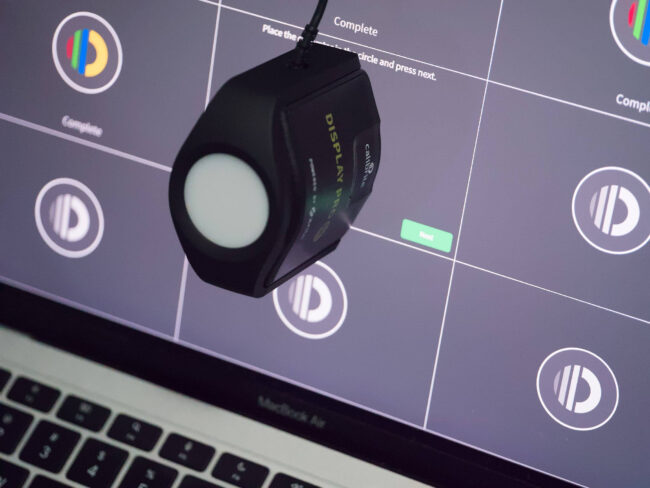
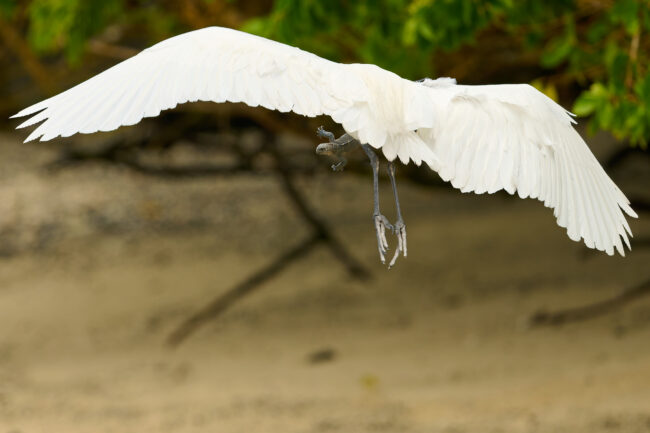
















-30-7-screenshot_0FxoE4J.png?width=1920&height=1920&fit=bounds&quality=70&format=jpg&auto=webp#)










































